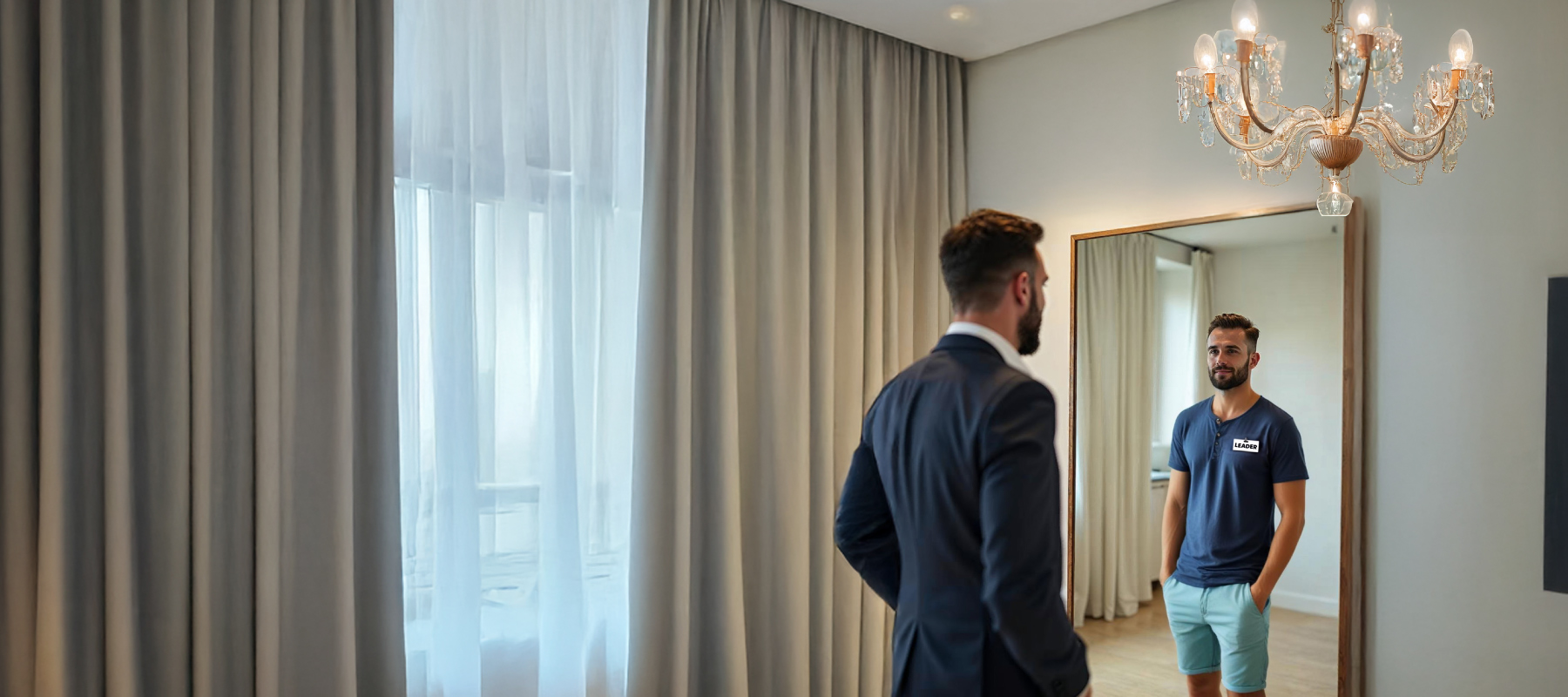Starwood Hotels: Innovation through marketing
Starwood Hotels & Resorts Worldwide was one of the world’s largest hospitality ownership, management and franchise companies in 2010, with 992 properties in some 100 countries. Starwood had started out as an owner and operator of hotels in 1994. But in 2004, it had shifted its strategy to an asset-light model, whereby it reduced its ownership and focused its attention on managing and franchising hotels. As of 2009, 95% of all of Starwood’s hotel net income came from upper upscale and luxury hotels. Its 2009 revenues were $4,712.0 million, a -19.5% decline from the previous year’s results. As a successful pioneer of the world’s first portfolio of “lifestyle” hotel brands., Starwood’s brands were differentiated by emotional concept, determined by the type of experience customers sought. Its customer loyalty scheme provided opportunities to maximize customer lifetime value, by cross-selling and up-selling hotel brands over time. Additionally, Starwood’s partnership programs helped it to enhance its customer experience, while generating additional revenue from partnersIn 2007, Starwood entered into lower-end markets in North America with two new hotel brands: aloft and element. But emerging markets were viewed as the major source of Starwood’s future growth. In 2009, CEO van Paaschen announced his plan to open 70% of its new hotels outside the US, primarily in countries such as China, India and Qatar. In 2010, with 31 hotels in China (and another 34 in the pipeline), Starwood was the four- and five-star hotel leader in China. Looking to the future, industry observers wondered whether the Starwood brand portfolio was balanced. To grow, should some brands be added? If so, should the additions be acquired or developed in-house. And, were there some brands in the portfolio that were surplus to requirements?
In understanding Starwood’s marketing strategy, participants will be challenged to analyze the company’s approach to the following:Product: how does Starwood differentiate its product offering sufficiently to target different customer segments? How does it meaningfully manage its product portfolio, which may mainly consists of seemingly similar products? Pricing: how does Starwood use pricing to maximize revenues, given its cost structure and the perishable nature of the product? Distribution: what impact has the Internet had on Starwood’s product? What other channels has it used and how? Promotion: how has Starwood innovatively used branding, loyalty schemes and partnerships with other companies to promote its brand to customers?
2004-2010
Cranfield University
Wharley End Beds MK43 0JR, UK
Tel +44 (0)1234 750903
Email [email protected]
Harvard Business School Publishing
60 Harvard Way, Boston MA 02163, USA
Tel (800) 545-7685 Tel (617)-783-7600
Fax (617) 783-7666
Email [email protected]
NUCB Business School
1-3-1 Nishiki Naka
Nagoya Aichi, Japan 460-0003
Tel +81 52 20 38 111
Email [email protected]
IMD retains all proprietary interests in its case studies and notes. Without prior written permission, IMD cases and notes may not be reproduced, used, translated, included in books or other publications, distributed in any form or by any means, stored in a database or in other retrieval systems. For additional copyright information related to case studies, please contact Case Services.
Research Information & Knowledge Hub for additional information on IMD publications
In 2024, the management of Aluminium Cyclo Enterprises (ACE), was concerned that the European Union (EU) export rules for ferrous and non-ferrous scrap were becoming more restrictive. Not just the EU, but close to 43 countries had restricted the e...

Explore how innovation, R&D, and policy reforms are reshaping China’s pharmaceutical sector amid rising healthcare demand and demographic shifts.

Taking up a new leadership post can mean a dramatic shift in the way others see you – and how you define yourself. It is vital to learn how to separate your true self from the demands and expectations of the role.

Campaign failures at Apple, Bud Light, & Jaguar show why boards must prioritize marketing oversight. Insights from Su-mei Thompson.
In late 2022, Tim Kuniskis, CEO of the Dodge brand (part of the Netherlands-based Stellantis automobile corporation), announced that 2023 would be the last production year for its popular “muscle car” models, the Dodge Charger and Challenger. Thes...
BARCELONA, JANUARY 2023. What started in 2016 as a humble entrepreneurial attempt to contribute to a more sustainable future had turned into a solid eyewear brand present in major Western markets. François van den Abeele was even more excited by t...
As with most business opportunities, branding is essential to pioneering in sustainability. Only with branding can a company resist commoditization and obtain a premium price to compensate for the upfront investment and risk in making a major chan...
The Swiss start-up Planted makes plant-based meat substitutes with remarkable environmental benefits. Its “beef” requires 97% less CO2 and 81% less water than meat from cows, while its “chicken,” also from pea protein, involves 77% less CO2 and 81...

Consumer preferences are increasingly favoring brands with a strong local identity. The reasons for this trend include environmental concerns and challenges in our fast-paced, interconnected world. Global crises -- such as the COVID-19 pandemic, c...

Four tips to market to women more effectively and reach, engage and convert female consumers who make 80% to 85% of all purchasing decisions.
Case reference: IMD-2665 ©2025
Research Information & Knowledge Hub for additional information on IMD publications
Research Information & Knowledge Hub for additional information on IMD publications
Research Information & Knowledge Hub for additional information on IMD publications
in I by IMD
Research Information & Knowledge Hub for additional information on IMD publications
Research Information & Knowledge Hub for additional information on IMD publications
Research Information & Knowledge Hub for additional information on IMD publications
in Binder, Julia Katharina (Ed.); Haanaes, Knut Bjarne (Ed.) / Leading the sustainable business transformation: A playbook from IMD, pp. 127-136 / Hoboken: Wiley, 2025
Research Information & Knowledge Hub for additional information on IMD publications
in Binder, Julia Katharina (Ed.); Haanaes, Knut Bjarne (Ed.) / Leading the sustainable business transformation: A playbook from IMD, pp. 151-165 / Hoboken: Wiley, 2025
Research Information & Knowledge Hub for additional information on IMD publications
in FamilyBusiness.org 28 October 2024
Research Information & Knowledge Hub for additional information on IMD publications
in I by IMD
Research Information & Knowledge Hub for additional information on IMD publications

